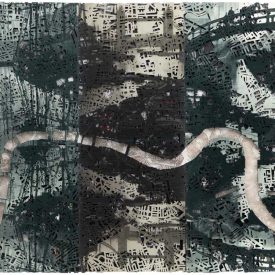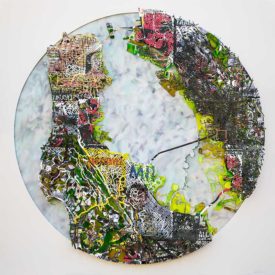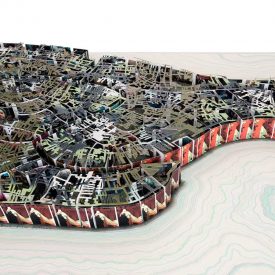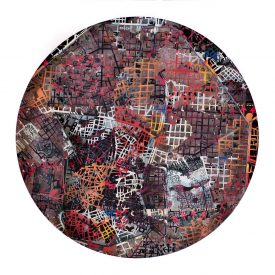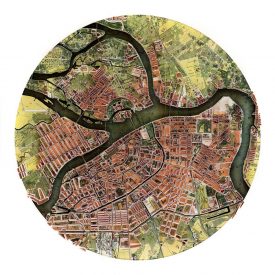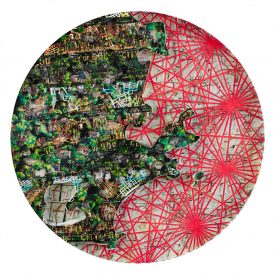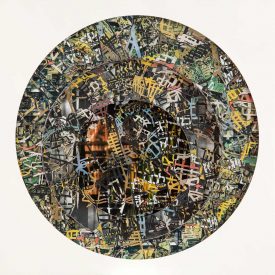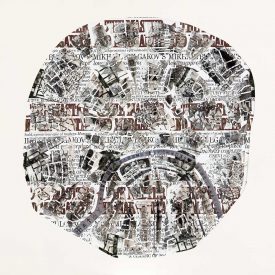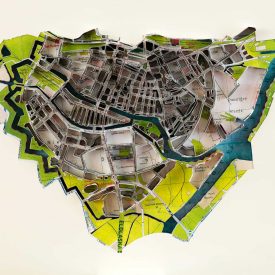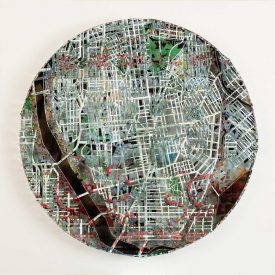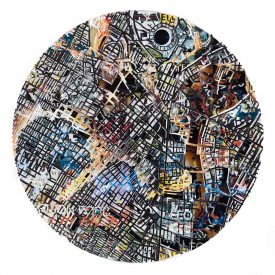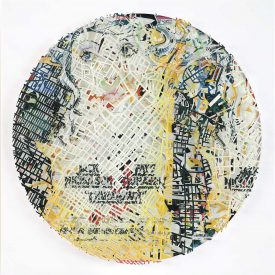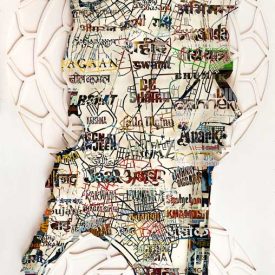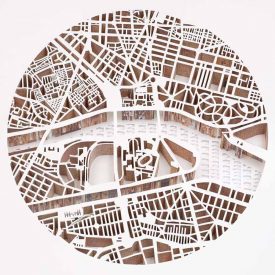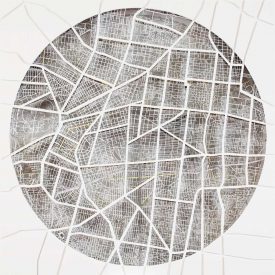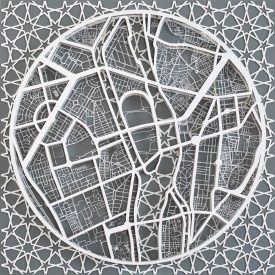Rio De Janeiro, famed for its incredible setting, the sheer exuberance and extravagance of it’s carnival and also it’s crime and violence. This sculpture depicts elements of the dark historical underpinnings and the bizarre and somewhat fantastical story that also underpins the modern day city.In 1808 the entire Portuguese royal court set sail for Brazil from Lisbon. hemmed in by the approaching forces of Napoleon they decided that the Portuguese empire would be ruled from Rio De Janeiro. Some ten thousand people dressed in all the finery of the royal entourage suffered a dreadful journey of six weeks at sea. The Royal court under Prince regent Joao VI, who became king whilst in Rio de Janeiro. The Portuguese monarchy lasted in Rio until 1821 and left a lasting legacy that can be witnessed today.
The hand colored engravings by French artist Jean Baptiste Debret provide a remarkable witness to the flamboyance and brutality of society in a city described by Brazilian historian Manuel de Oliveira Lima as a “Tropical Versailles” The phrase used here is to convey the extravagance, the love of ceremony, the need to project imperial power and splendor emanating from the king. Long before the Portuguese court arrived there existed a Congolese royal court, with it’s own king and one that also had a great fondness for ceremony and costume. Afro Brazilians had already created a parallel cultural universe of their own and was included by the Portuguese royal family during the many celebrations and festivities. Royal officials staged elaborate commemorations of the royal life cycle, “illuminated facades, transformed the city into a stage for private and public ceremonies, processions through triumphal arches, and the dancing, fireworks, and in some cases theatrical performances that followed, all of which aimed to spectacularly display the majesty of the house of Braganza” Conclaves dos Santos
The sculpture contains images from Debret’s depictions of the society of the early 19th century rio De Janeiro. One such image visible on the side walls of the sculptures is the departure back to Portugal of the unhappy Queen Carlota after thirteen years in exile. The layer of greenery in the center of the work is taken from a close up image of one of the modern day carnival parades. Above this the street network is cut from posters of the film “The City of God”, a loosely based true story of the famous film of the warring gangs of the Favelas and the charismatic and ruthless leader “Li’l Ze”
The waters surrounding rio De Janeiro are filled with images of the Portuguese fleet from a map by Lopo Homem in 1519. The red lines are also from this map, these lines are the Rhumb lines or Windrose lines based upon compass directions, these maps are called Portolan charts and were widely used in the mid centuries of the last millennia.
